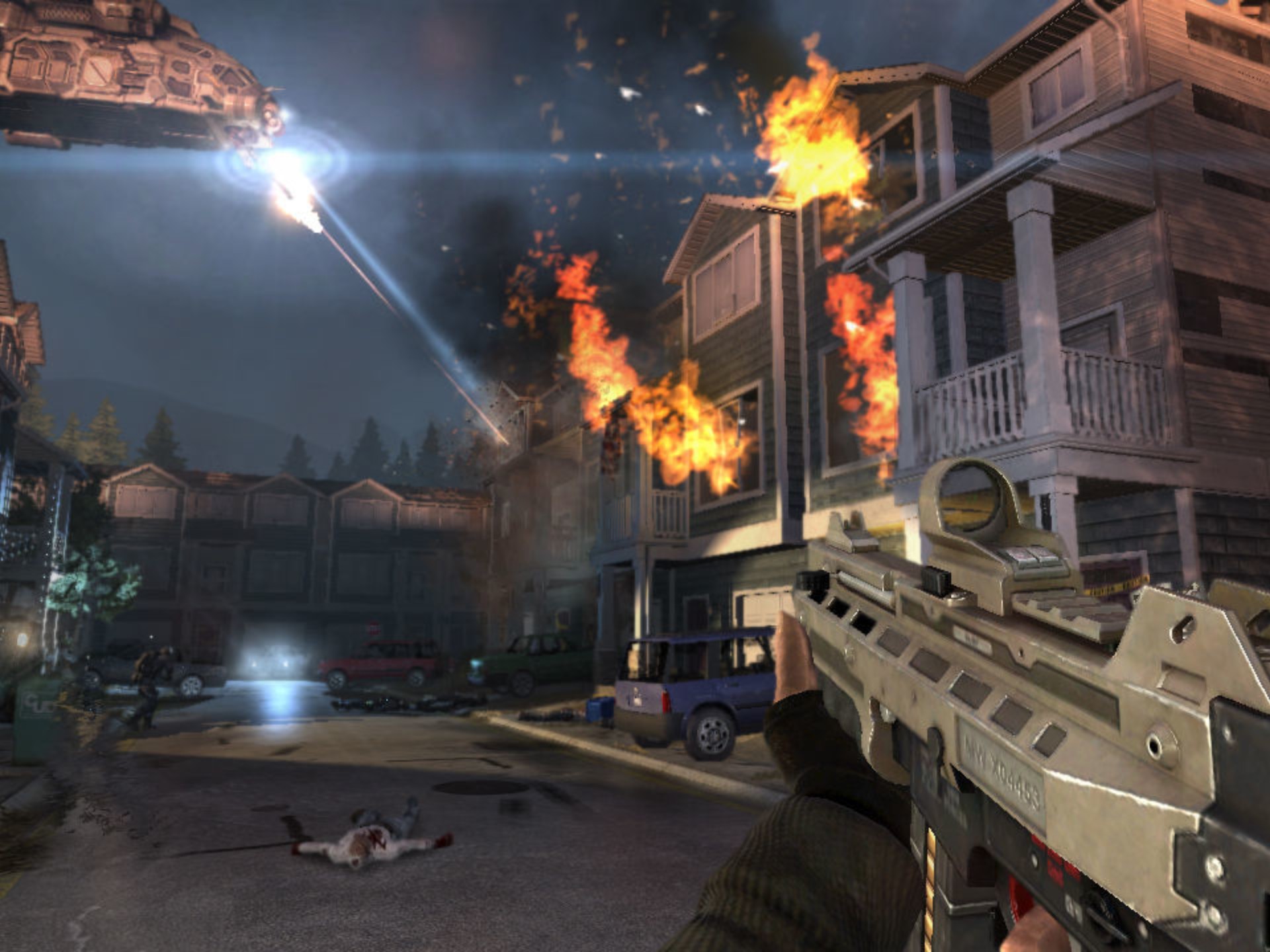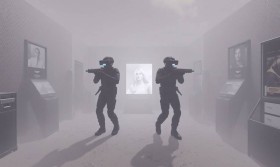Title: Unraveling the Unseen: A Deep Dive into the 'Research Missions' DLC for Paranormal Investigator Simulator VR
The virtual reality landscape has long been a fertile ground for horror, offering unparalleled immersion in terrifying scenarios. Yet, where most games seek to simply startle, Paranormal Investigator Simulator VR carved a unique niche by focusing on the methodical, tense, and intellectually stimulating process of ghost hunting itself. Its core gameplay of using EMF readers, spirit boxes, and UV lights to identify spectral entities was a revelation. Now, the highly anticipated ‘Research Missions’ DLC expands this foundation not by merely adding new maps, but by fundamentally evolving the game’s philosophy from reactive detection to proactive, scientific investigation. This expansion is less a content drop and more a masterclass in deepening a compelling gameplay loop.
From Paranormal Responder to Paranomal Researcher
The base game excelled at simulating the "response team" aspect of ghost hunting. Players would arrive at a location, gather enough evidence to identify the entity, and leave. The ‘Research Missions’ DLC introduces a new framework that transforms the player’s role. You are no longer just an exterminator of sorts; you are a field researcher for a clandestine organization seeking to understand the why and how of the paranormal.
This shift is immediately established through a new in-game interface—a digital research log aboard your van. Instead of just selecting a location and a difficulty, you now accept specific research contracts. Each mission comes with a set of unique, multi-stage objectives that go beyond identification. A contract might task you with: "Determine the psychological trigger for the Phantom's manifestation in the Brookhaven Asylum," or "Document the unique interaction between sub-zero temperatures and a Revenant's movement patterns." These are not simple checklists; they are puzzles that require observation, hypothesis, and experimentation.
VRHorror #SimulatorGame #GameMechanics #IndieGame
The Tools of the Trade: Science Meets the Supernatural
To facilitate this new style of play, the DLC introduces a suite of advanced, and often experimental, investigative equipment. These tools demand more engagement from the player and reward careful, deliberate use.

- The Spectral Analyzer: This device replaces the simpler EMF reader. It still detects paranormal energy, but it requires calibration and can plot a waveform on its screen. Different entity types produce subtly different interference patterns, adding a layer of analytical depth to detection.
- Environmental Data Logger: A handheld device that monitors and records localized changes in air pressure, temperature, and electromagnetic distortion over time. Correlating spikes in this data with paranormal events becomes crucial for proving your research hypotheses.
- Focused Spirit Box Array: An upgrade to the classic spirit box, this tool allows you to target your questions to a specific area of the room. The entity's responses, whether through words or aggressive activity, are then logged as qualitative data for your report.
- Lingering Resonance Scanner: Perhaps the most innovative tool, this device allows you to "scan" an area after a ghost event. It visualizes the fading spectral energy, potentially revealing the path a ghost took or the object it interacted with, providing clues about its behavior and history.
These tools transform the gameplay from frantic evidence gathering to a more measured, almost archaeological process of uncovering a story.
VRTech #HorrorGaming #GhostHunting
The Narrative Layer: Uncovering Stories
The most significant triumph of the ‘Research Missions’ DLC is its weaving of narrative into the core gameplay. The research objectives are never arbitrary; they are tiny threads in a larger tapestry. By completing missions, you slowly piece together lore about the organization you work for, the nature of the entities you study, and the tragic events that bound them to our world.
The Brookhaven Asylum isn't just a spooky location; it's a place with a history. Your research mission to document a "trigger" might lead you to discover a specific patient file or a discarded toy that, when present, agitates the spirit. The haunted farmhouse mission might have you researching the effect of a specific family heirloom on the ghost's strength. The environment transforms from a backdrop for scares into a primary source document. The fear evolves from the jump-scare of a ghost appearing to the dread of uncovering a profoundly sad story and the terror of angering the spirit connected to it.
StoryDriven #Lore #VirtualReality
A New Peak of Immersive Tension
One might think a focus on research would diminish the horror. The opposite is true. The DLC masterfully amplifies tension. When your objective is to "observe a Wraith's movement through a solid wall for 10 consecutive seconds," you are no longer hiding in a closet just to survive. You are hiding in a closet, heart pounding, peering through a crack in the door, holding your Spectral Analyzer steady, praying the entity does what you need it to do so you can complete your research. The fear of failure is no longer just about death; it's about failing the experiment, about having to go through the terrifying process all over again to get that crucial data point.
This creates incredibly memorable, emergent stories. The triumphant feeling of nailing a perfect scan as a ghost phases through a wall right in front of you is a thrill unique to this DLC, a perfect cocktail of terror, excitement, and professional satisfaction.
Immersion #HorrorCommunity #Gaming
Conclusion: The Gold Standard for VR DLC
The ‘Research Missions’ DLC for Paranormal Investigator Simulator VR is a paradigm example of how to expand a game meaningfully. It doesn't just add more of the same; it adds a new dimension. It respects the intelligence of its players, offering deeper mechanics, richer narratives, and more profound scares. It successfully merges the cerebral satisfaction of a detective game with the visceral terror of a VR horror experience. By turning players into active researchers of the unknown, it has not only expanded its own gameplay but has also set a new gold standard for depth and immersion in the virtual reality horror genre.


















